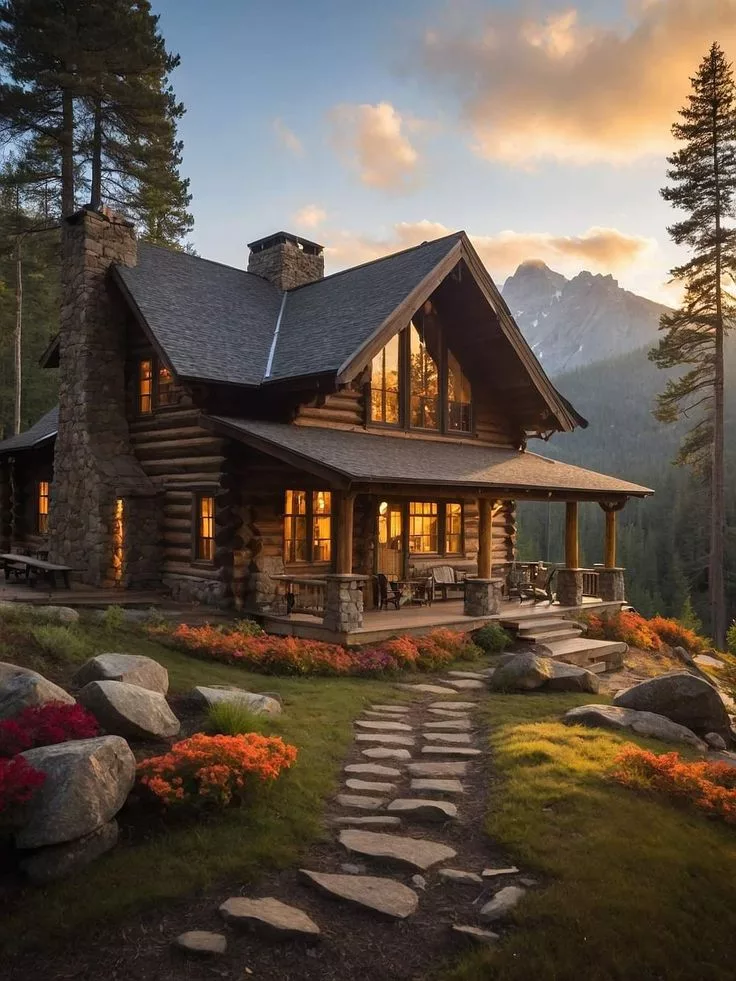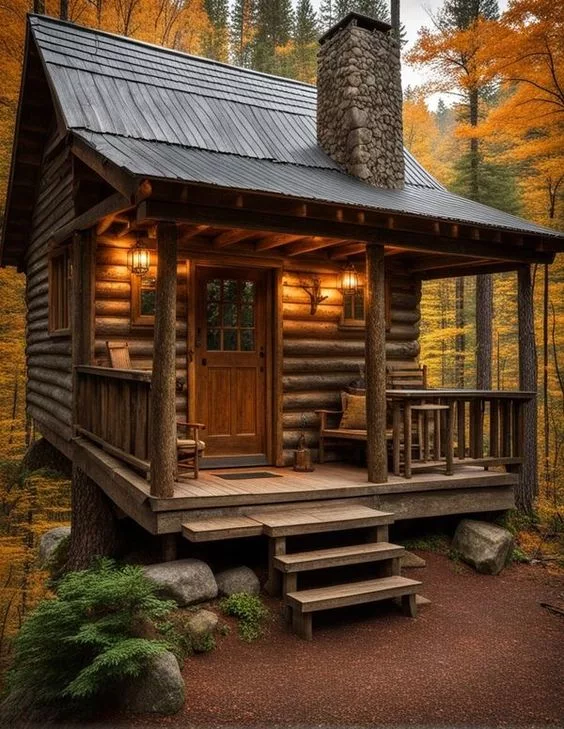Nestled deep in the lush forest lies a charming log cabin, offering tranquility and escape from the hustle of daily life. Surrounded by towering trees and the symphony of nature, this rustic retreat beckons those seeking solace in simplicity. Imagine trading city sirens for bird songs, concrete jungles for verdant vistas – a stark contrast that rejuvenates the soul. Embrace the crackling fireplace’s warmth and starlit skies through timber-framed windows, connecting with nature in its purest form. Experience serenity like never before at this idyllic woodland hideaway.
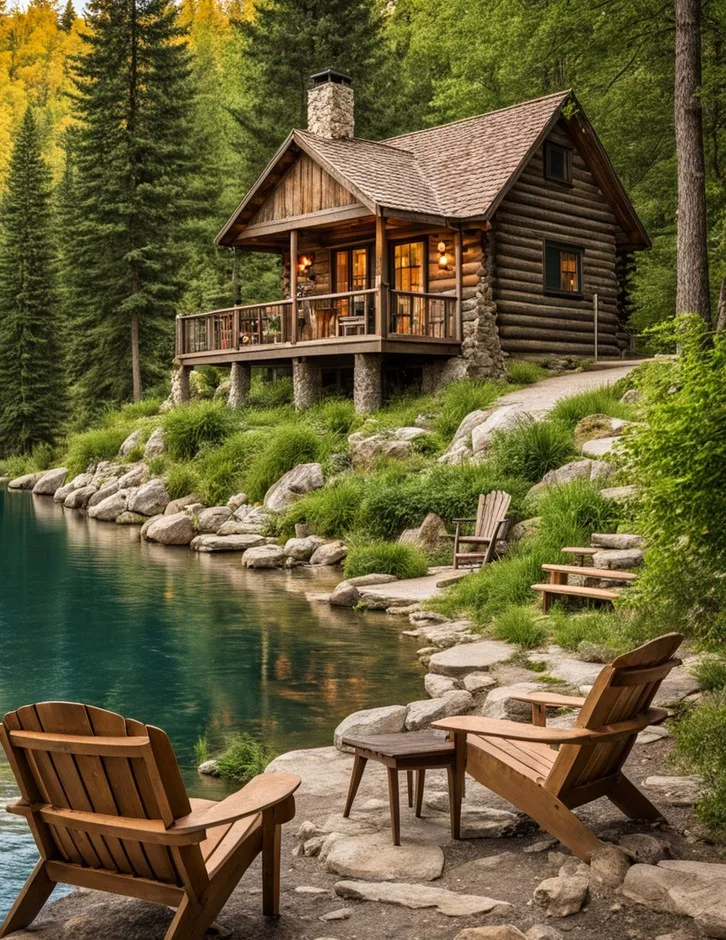
Benefits and Drawbacks of Building a Log Cabin in the Forest
Proximity to Nature
Living in a log cabin in the forest provides unparalleled access to nature. You can wake up to birds chirping, breathe in fresh air, and immerse yourself in the beauty of natural surroundings. The forest becomes an extension of your home.
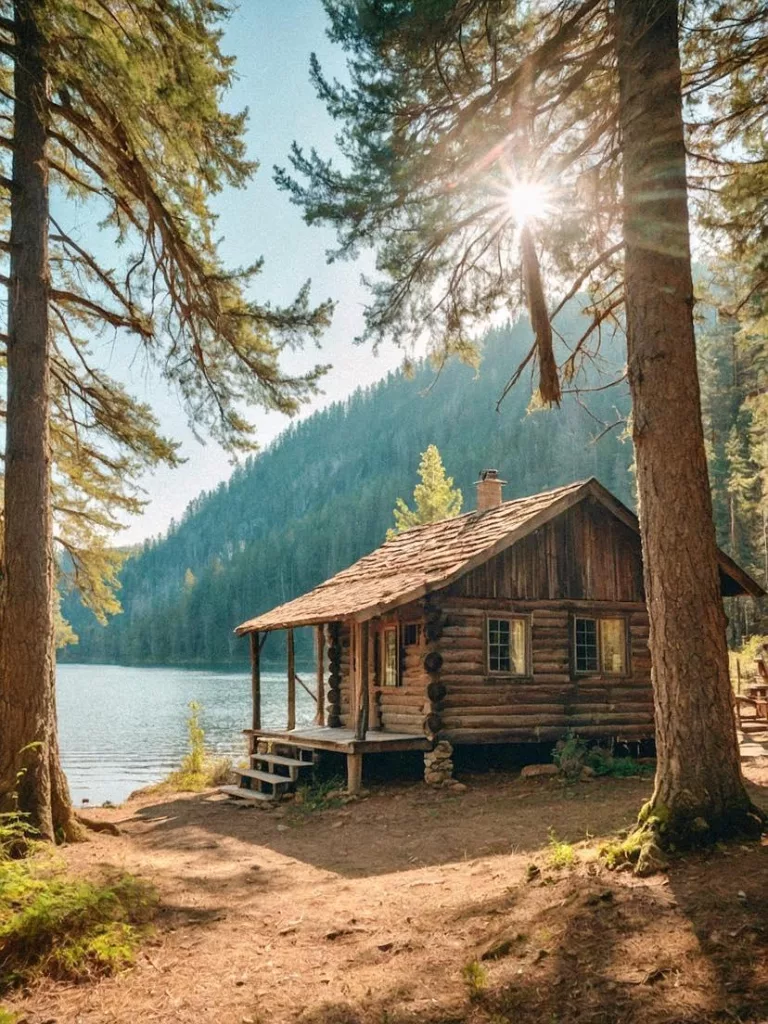
- Close connection with nature
- Peaceful environment for relaxation
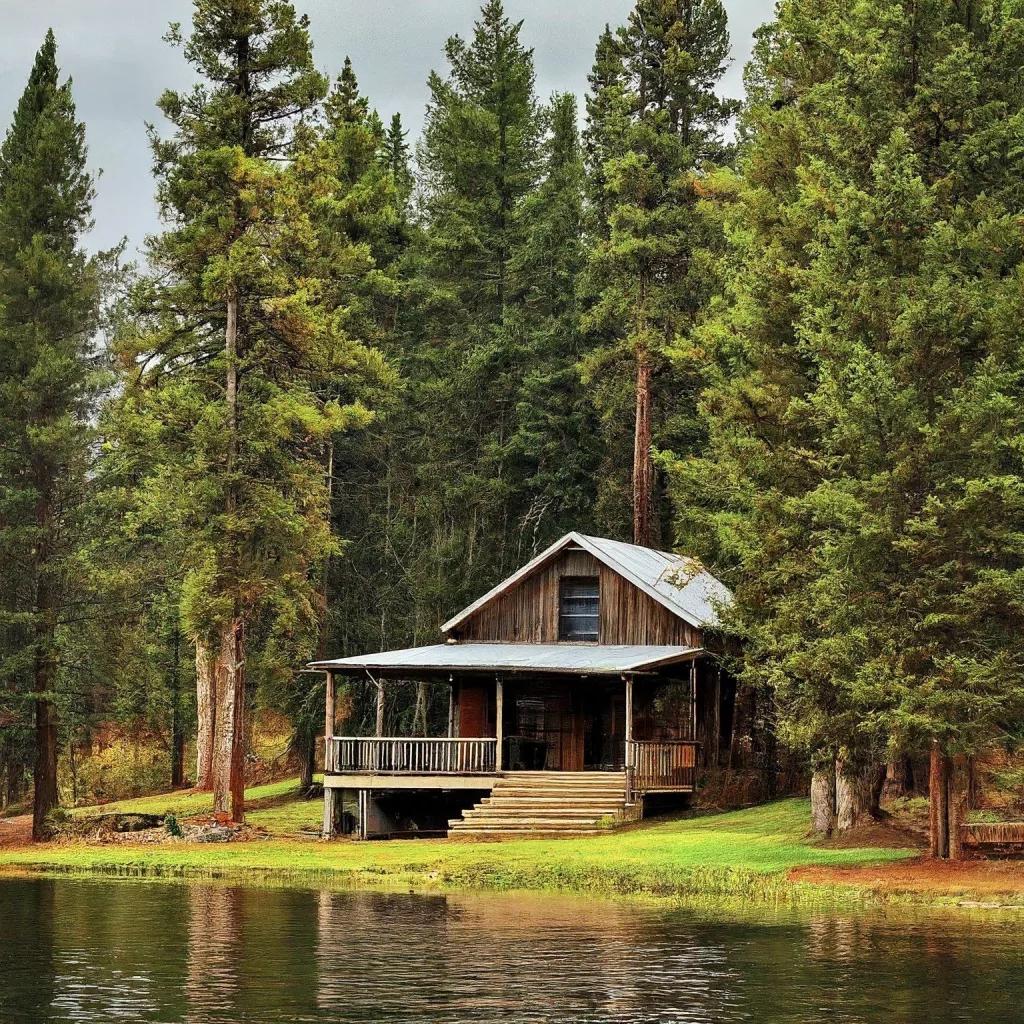

Privacy and Seclusion
One of the significant advantages is the privacy and seclusion offered by a log cabin nestled in the woods. Away from bustling urban areas, you can enjoy peace and quiet without disturbances. It’s your personal retreat into tranquility.
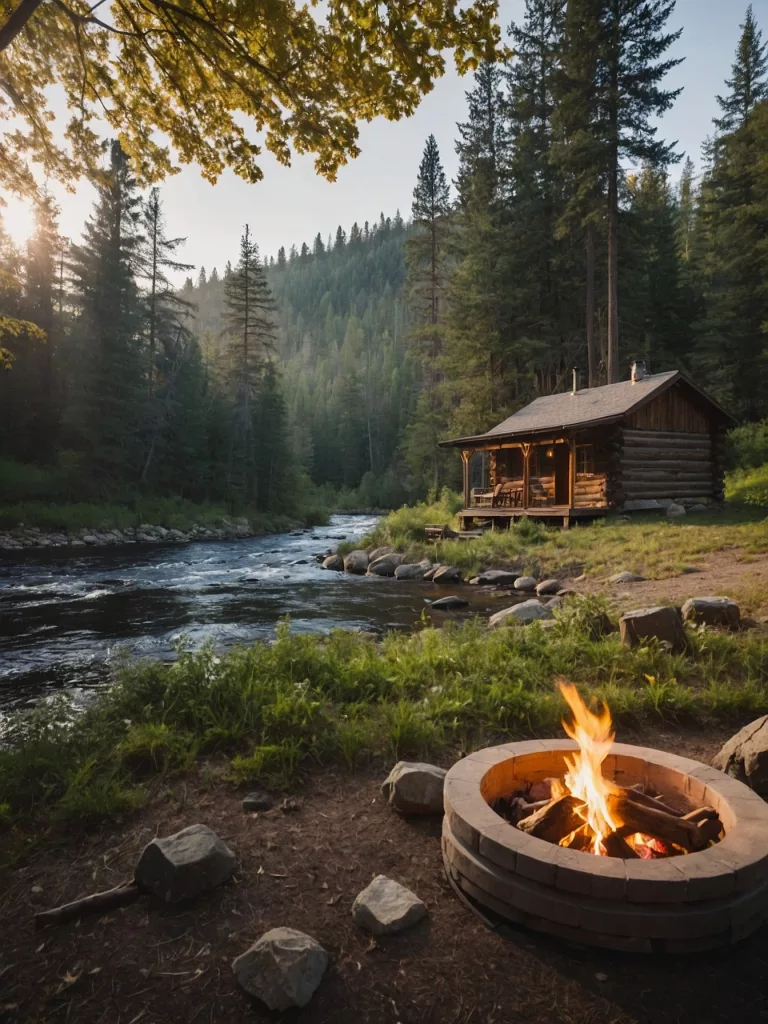
- Escape from city noise
- Enjoy solitude away from crowds
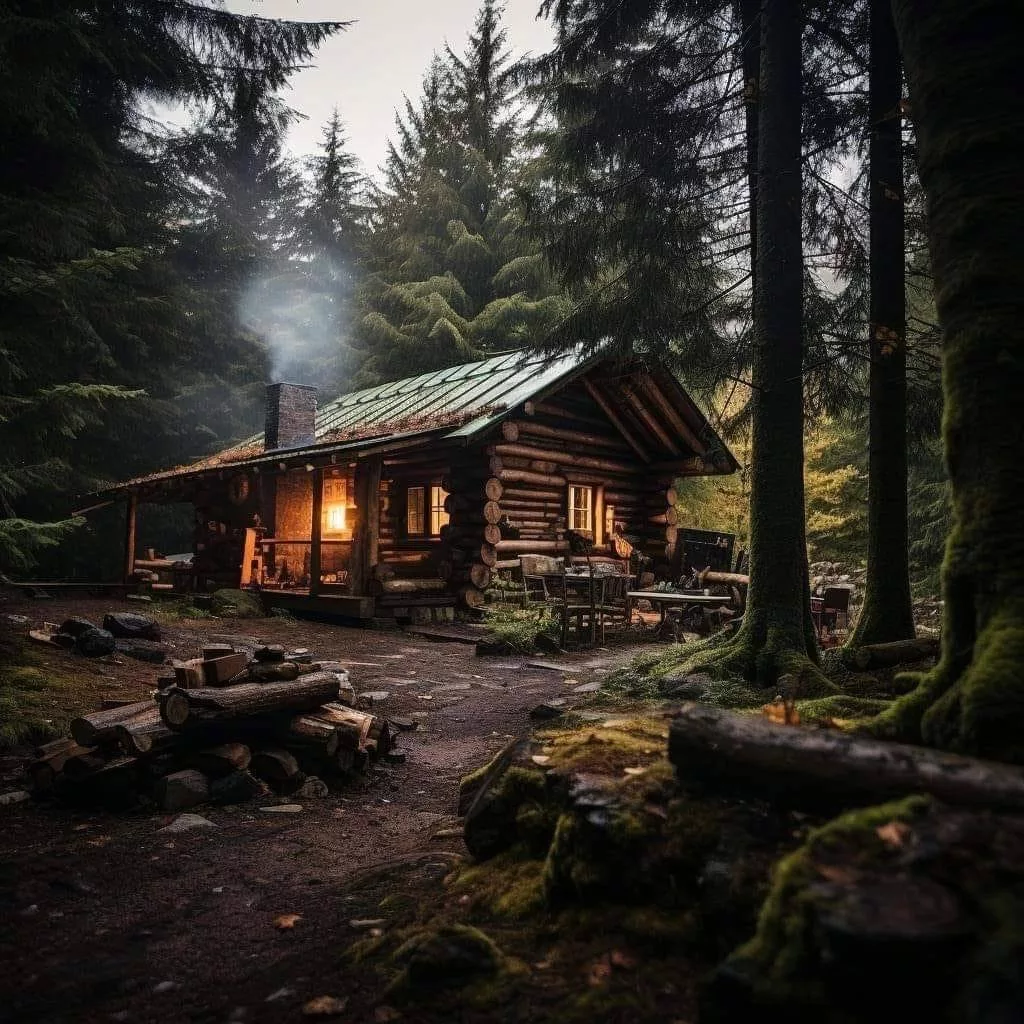

Limited Access to Amenities
However, living in a remote forest log cabin also comes with drawbacks such as limited access to amenities like supermarkets or healthcare facilities. Daily necessities may require longer trips which could be inconvenient at times.
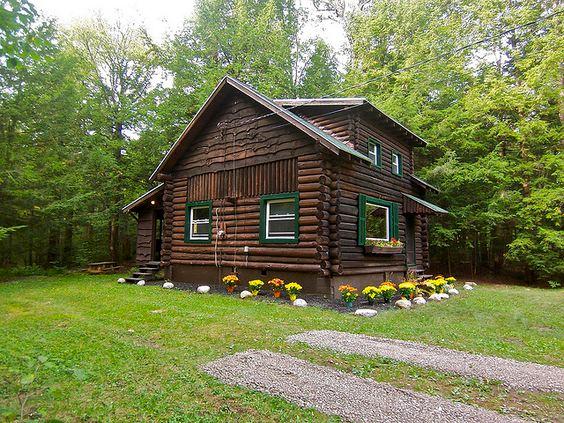
- Need for planning errands carefully
- Lack of immediate services nearby
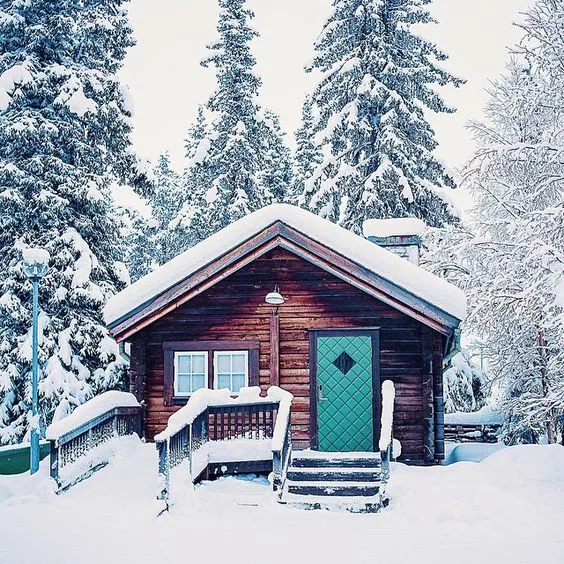
Wildlife Encounters and Pests
Another drawback is the potential encounters with wildlife creatures like bears or raccoons around your log cabin, bringing along risks or nuisances. Pests such as insects might find their way into your living space due to its proximity to nature.

- Risk of dangerous animal encounters
- Dealing with pest control issues

Historical Use of Log Cabins
Early Settlers’ Shelters
Log cabins were essential for early settlers, offering quick and reliable shelter. They provided protection from the elements and wildlife.
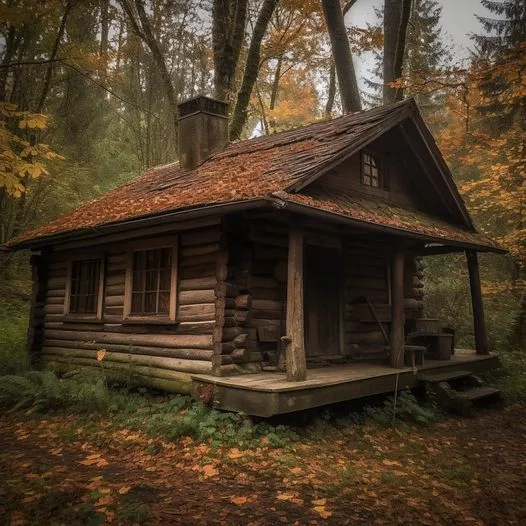
Log cabins were built using logs stacked horizontally, creating sturdy structures that could withstand harsh conditions. The simplicity in construction made them ideal for quick assembly.
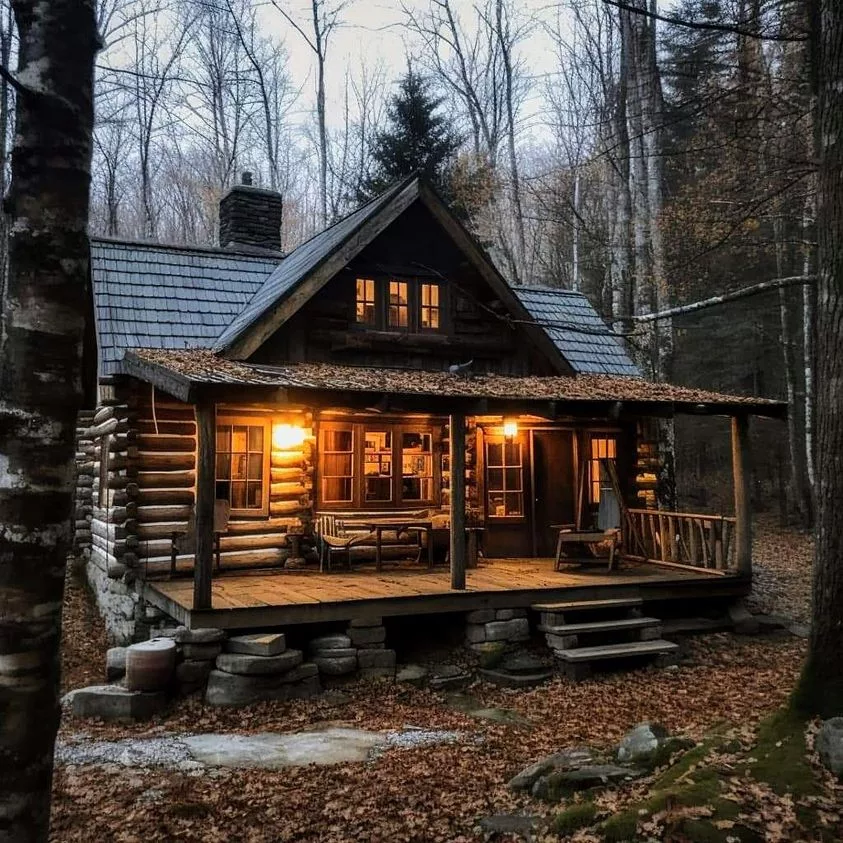
Role in Westward Expansion
During the westward expansion of the United States, log cabins dotted the landscape as pioneers ventured into new territories. These structures symbolized resilience and determination.
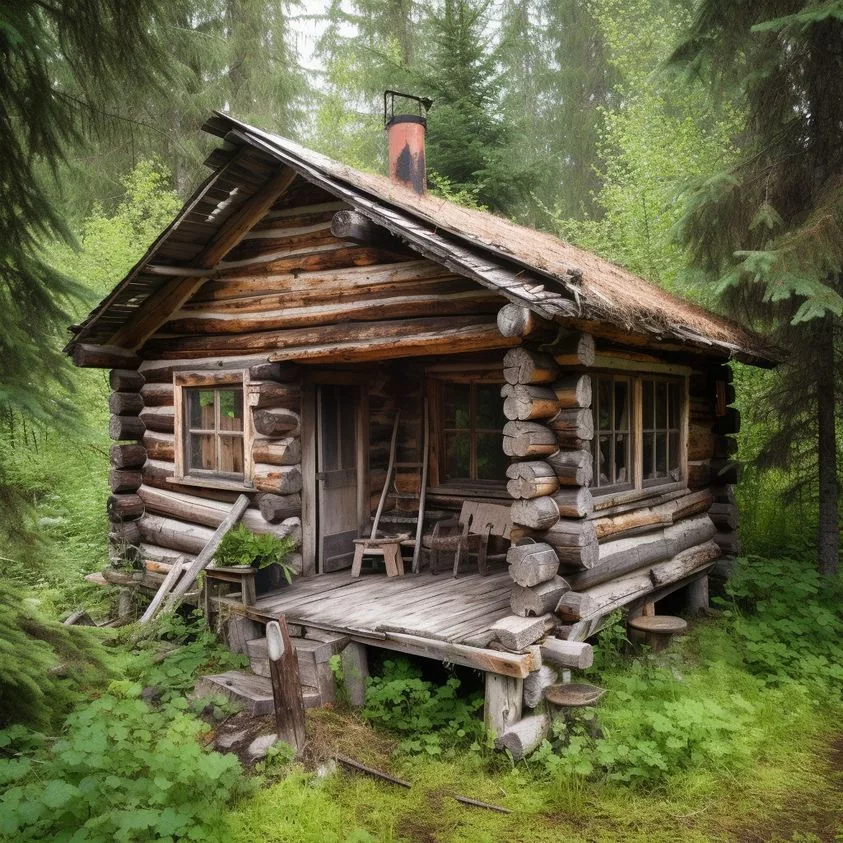
The practicality of log cabins allowed settlers to establish homes swiftly, enabling them to focus on other aspects of building their communities.
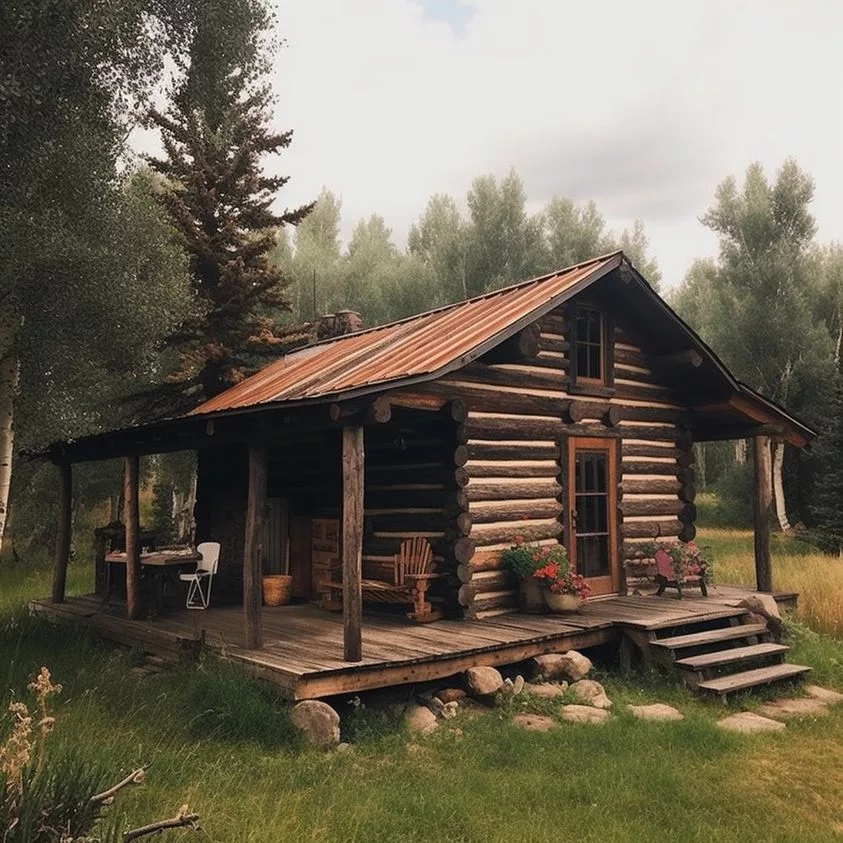
Log Cabin Design Ideas
Traditional Design
Log cabins traditionally feature exposed logs, stone fireplaces, and rustic furnishings. These elements create a warm and cozy atmosphere that embraces the natural surroundings of the forest. Imagine sitting by a crackling fireplace on a cold winter night in your log cabin, surrounded by the scent of pine.
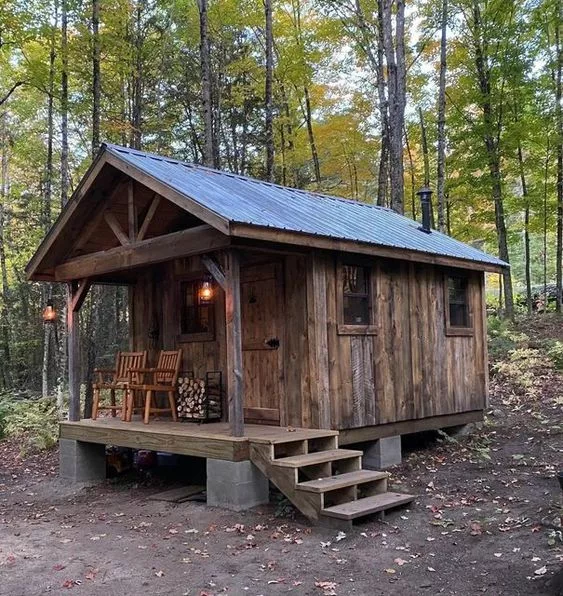
- Exposed logs
- Stone fireplaces
- Rustic furnishings

Modern Twist
For a more contemporary approach to cabin design, consider incorporating modern elements while still preserving that cozy feel. Think sleek furniture, minimalistic decor, and innovative lighting fixtures blending seamlessly with the traditional log structure. Large windows can enhance this modern twist by bringing in ample natural light and offering breathtaking forest views.
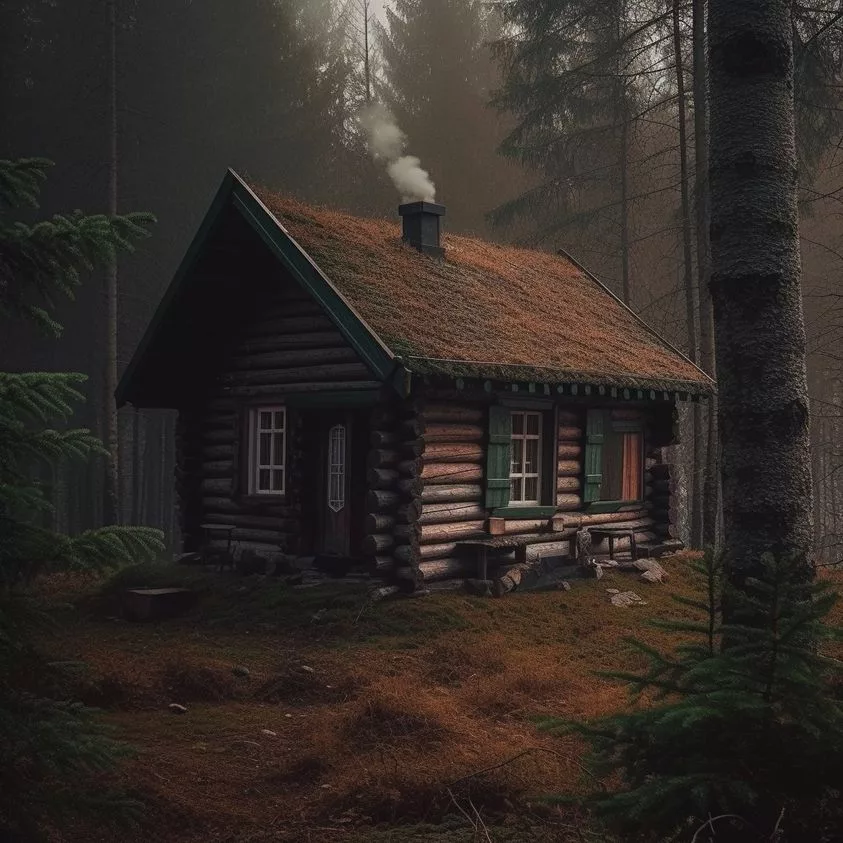
- Contemporary elements
- Cozy ambiance maintained
- Large windows for natural light
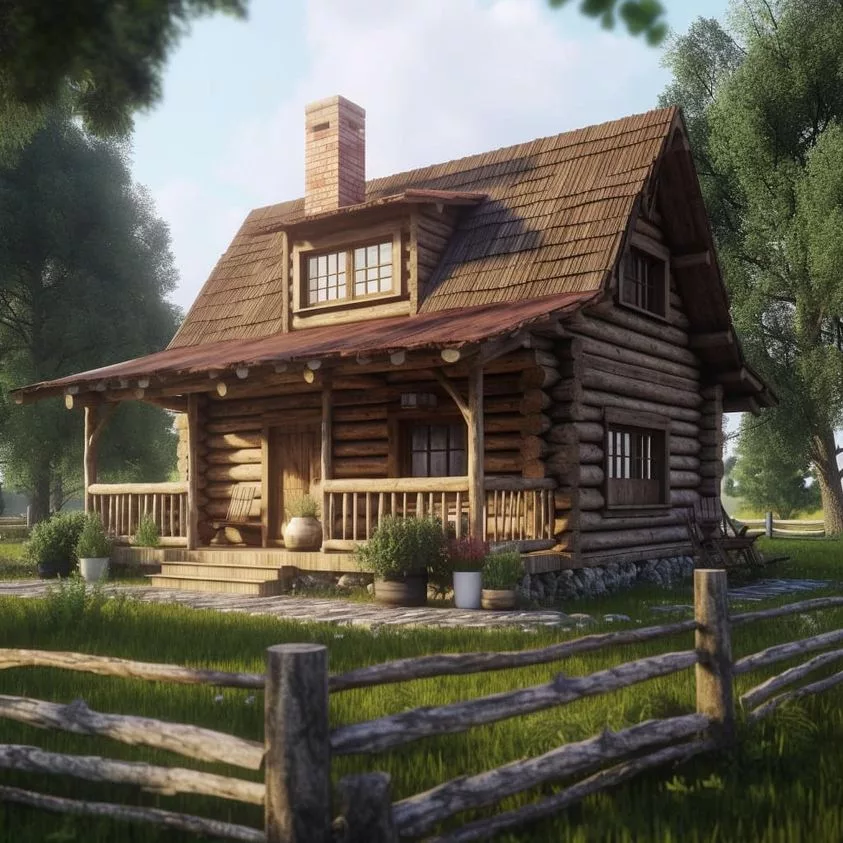
Constructing a Forest Log Cabin
Site Preparation
To build a log cabin in the forest, start by clearing vegetation and leveling the ground. This step ensures a stable base for your cabin. Removing plants like trees and bushes is crucial to make space for construction.
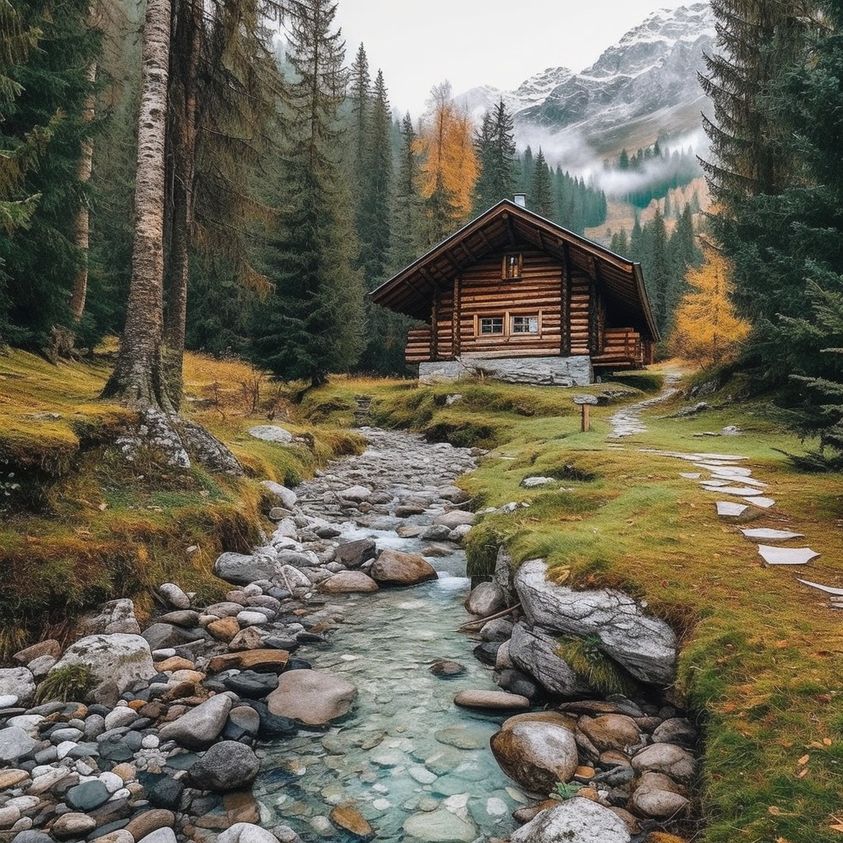
Clearing the site also involves getting rid of rocks and debris that could disrupt the foundation. Leveling the ground helps create an even surface, making it easier to lay down foundations later on.
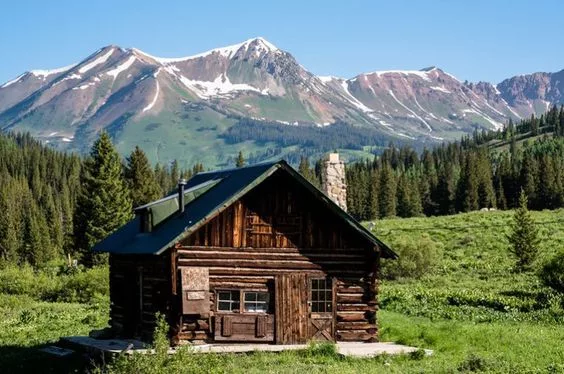
Foundation Options
When constructing a log cabin in the forest, consider using concrete slabs or pier-and-beam systems as foundation options. Concrete slabs provide durability and stability, ideal for areas with varying weather conditions. Pier-and-beam systems offer flexibility and can adapt well to uneven terrain commonly found in forested areas.
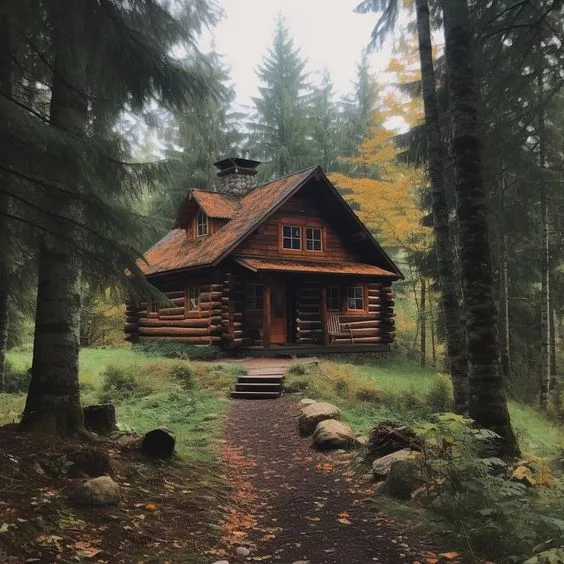
Both foundation types have their advantages, so choose based on your location’s specific needs—concrete slabs work best for flat terrains, while pier-and-beam systems are suitable for sloped grounds.
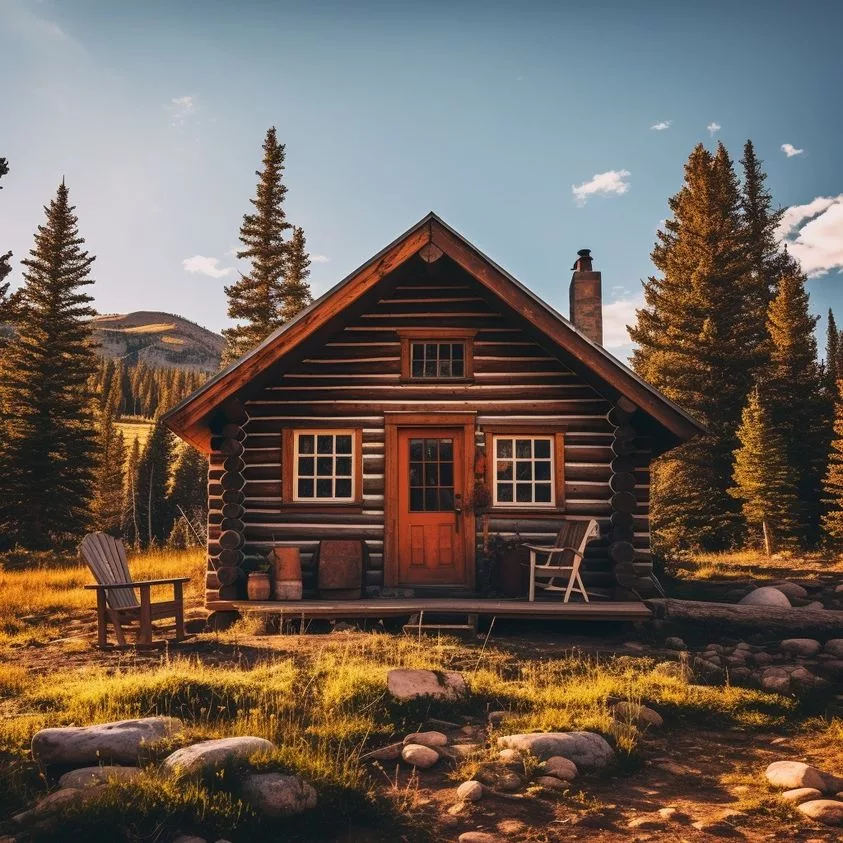
Crafting Materials for Log Cabin Building
Durable Wood Logs
Creating a log cabin in the forest requires sturdy materials like cedar or pine logs. These types of wood are known for their durability and resistance to weather conditions. Using quality logs ensures the longevity and strength of your cabin, providing a solid structure that can withstand the test of time.
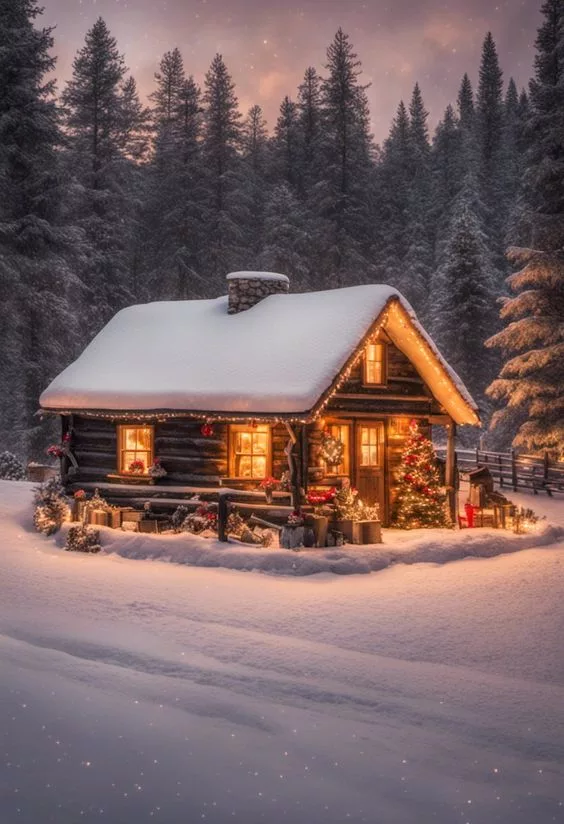
Logs cut from cedar or pine offer natural insulation properties, helping regulate indoor temperatures effectively. These woods are less prone to insect damage and rotting, making them ideal choices for constructing a log cabin in the forest.
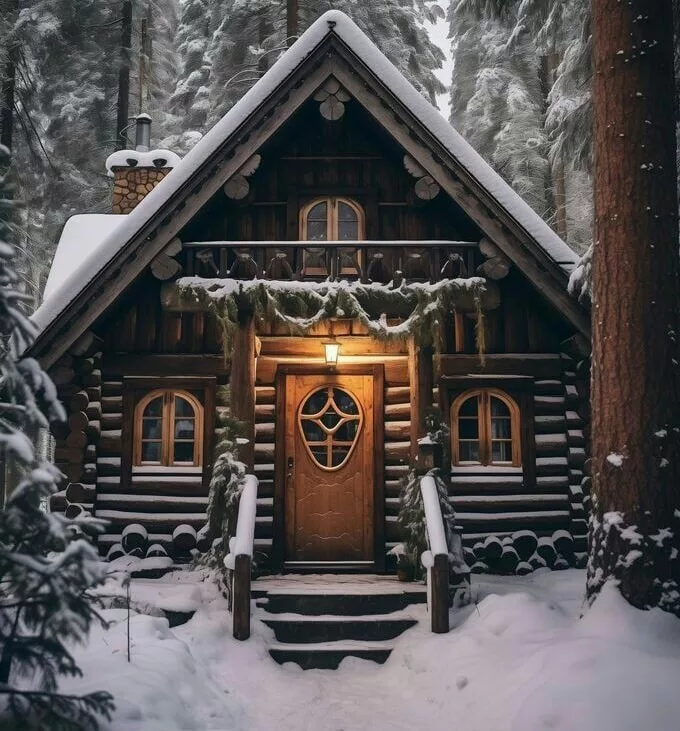
- Pros:
- Natural insulation properties
- Resistance to insect damage
- Long-lasting and durable
- Cons:
- Initial cost may be higher than other wood types
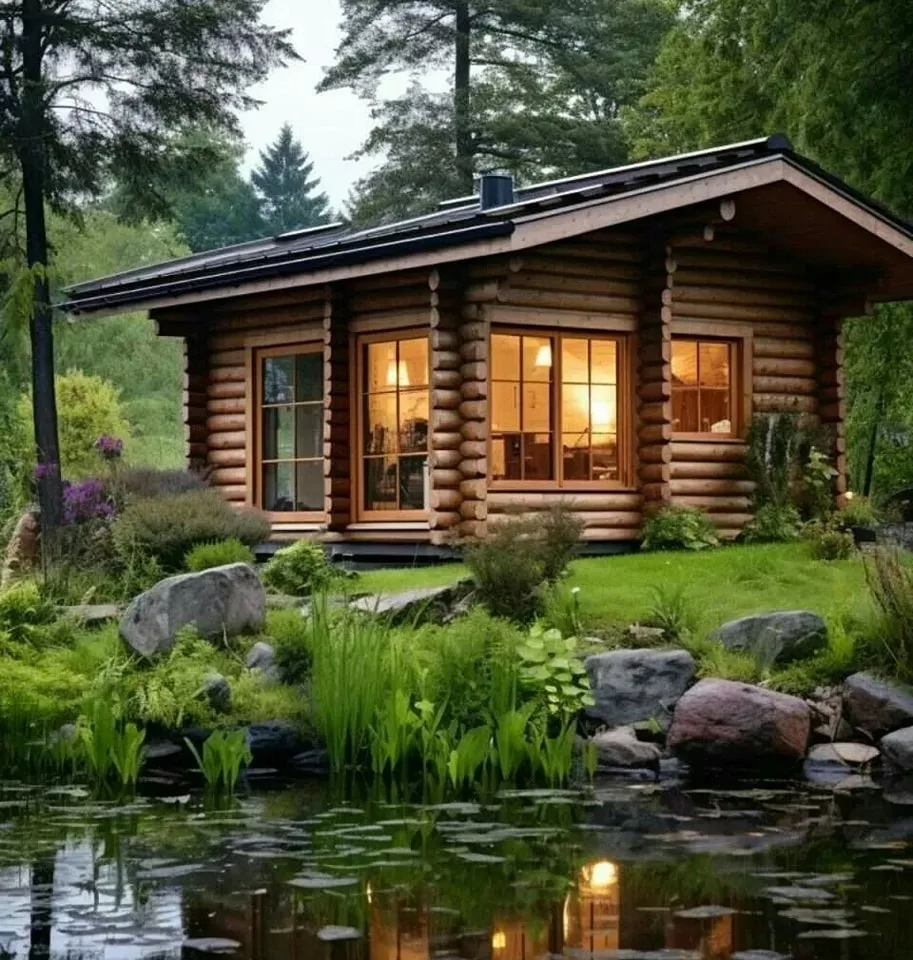
Read more: Cozy Homes: Exploring Elements and Ideas
Roofing Options
You have various options ranging from traditional shingles to modern metal panels. Traditional shingles provide a classic look while metal panels offer durability and low maintenance. Selecting the right roofing material depends on factors like climate, budget, and personal preference.
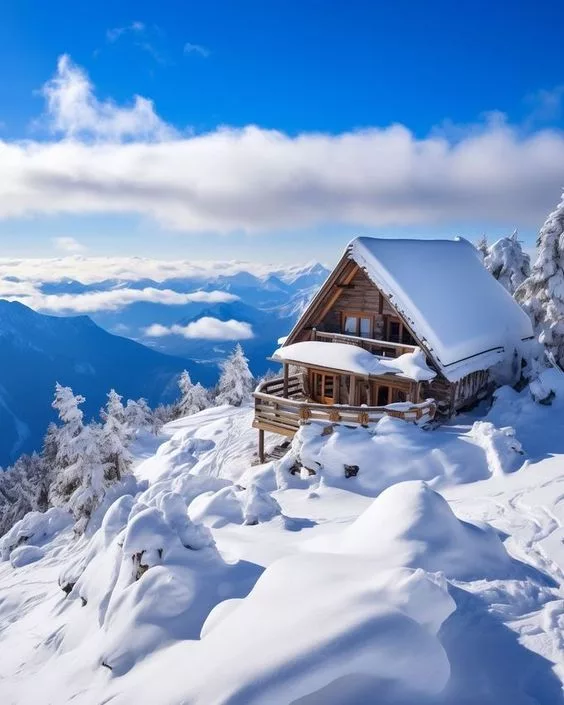
Metal panels can be more expensive initially but require less maintenance over time compared to traditional shingles. Consider factors such as snow load capacity if you live in an area with heavy snowfall when choosing your roofing material.
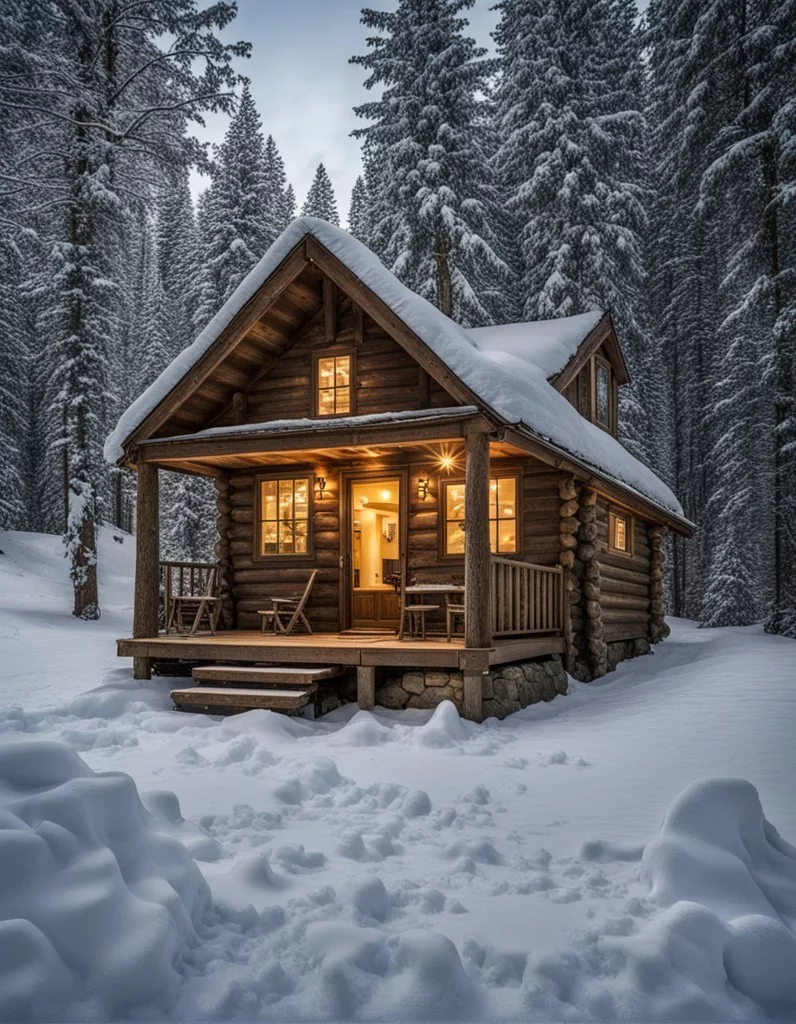
- Pros:
- Durability of metal panels
- Low maintenance required
- Classic look with traditional shingles
Common Log Cabin Construction Issues
Settling of Logs
Log cabins may experience settling over time, creating gaps that need regular maintenance. These gaps can affect the cabin’s structural integrity and insulation. To address this, periodic checks and adjustments are necessary to maintain a snug fit between the logs.
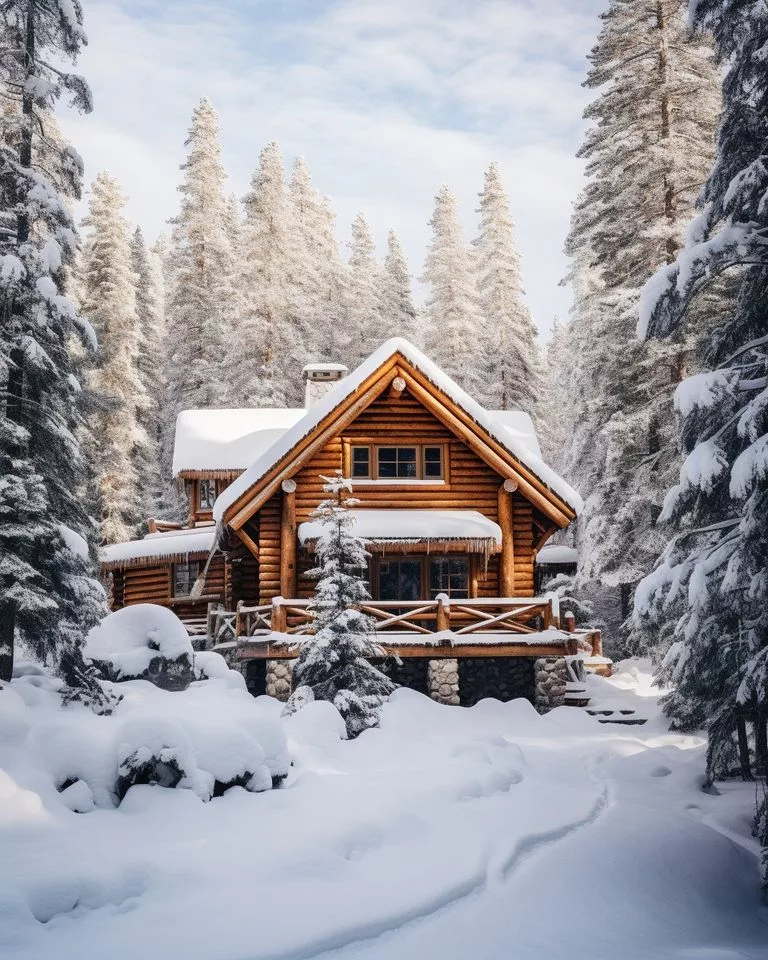
Regularly inspecting the cabin for any signs of settling is crucial in preventing further issues down the line. By monitoring these gaps and addressing them promptly, you can ensure that your log cabin remains sturdy and well-insulated for years to come.
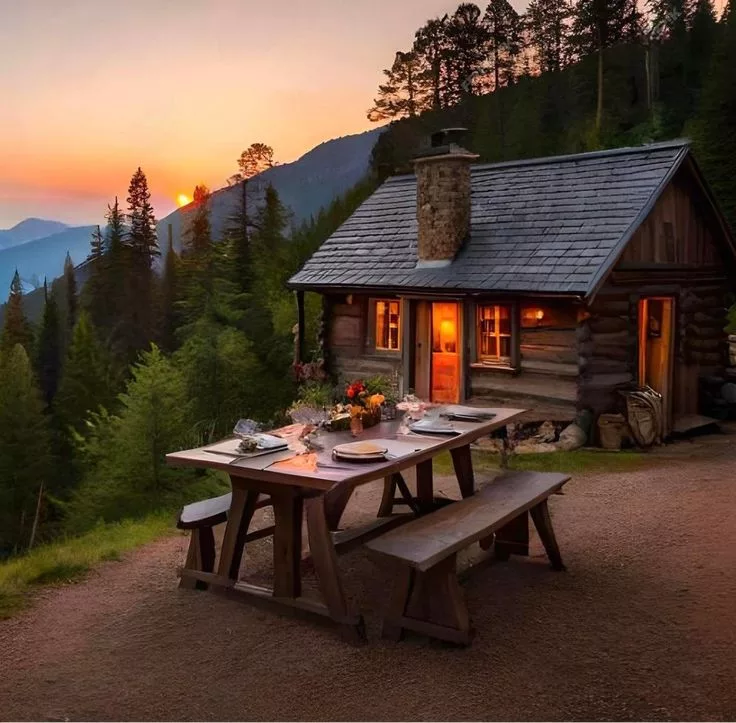
Sealing and Caulking
Proper sealing and caulking play a vital role in protecting log cabins from water infiltration. Water damage can lead to rotting of wood, mold growth, and compromised structural stability. Applying quality sealants regularly helps create a barrier against moisture, preserving the cabin’s longevity.
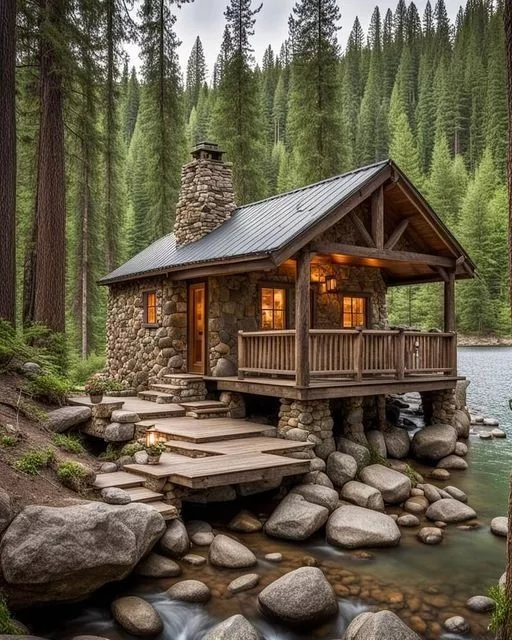
It is essential to check for any cracks or openings where water could seep in and apply sealant as needed. By maintaining a watertight seal around windows, doors, corners, and joints between logs, you can safeguard your log cabin from potential water-related issues.
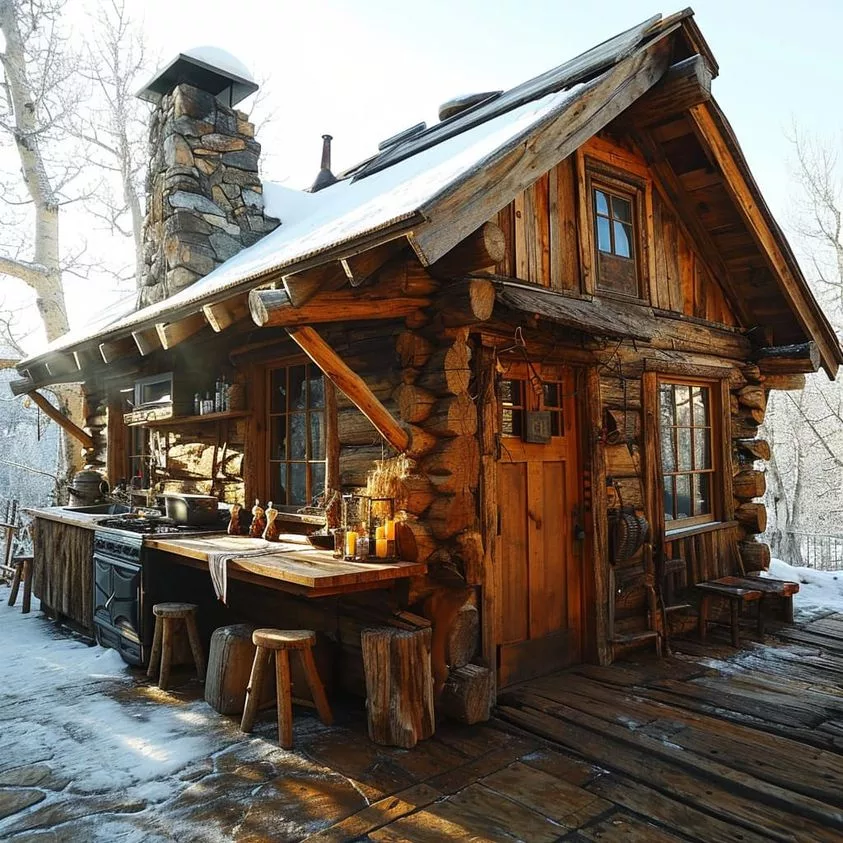
Features and Amenities of a Modern Romantic Log Cabin
Cozy Interior
A modern romantic log cabin in the forest often boasts cozy interior features such as a welcoming fireplace, perfect for snuggling up on chilly evenings. A wood-burning stove can add charm and warmth to the space, creating a rustic ambiance that enhances the romantic getaway experience.
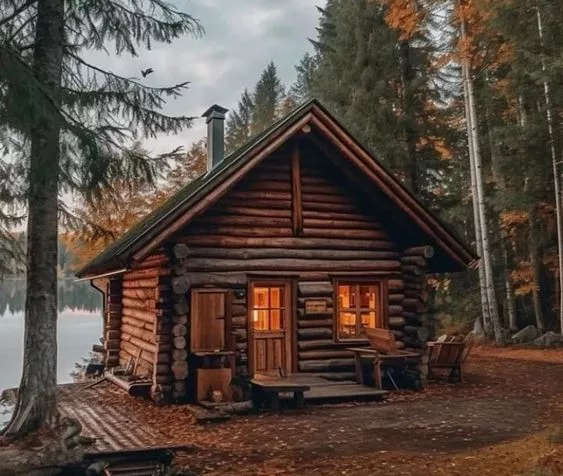
Some cabins even offer the luxury of a hot tub, allowing guests to unwind and relax while surrounded by nature’s beauty. Picture yourself soaking in a bubbling hot tub under the stars after a long day of hiking or exploring the forest trails—it’s an ideal setting for romance and relaxation.
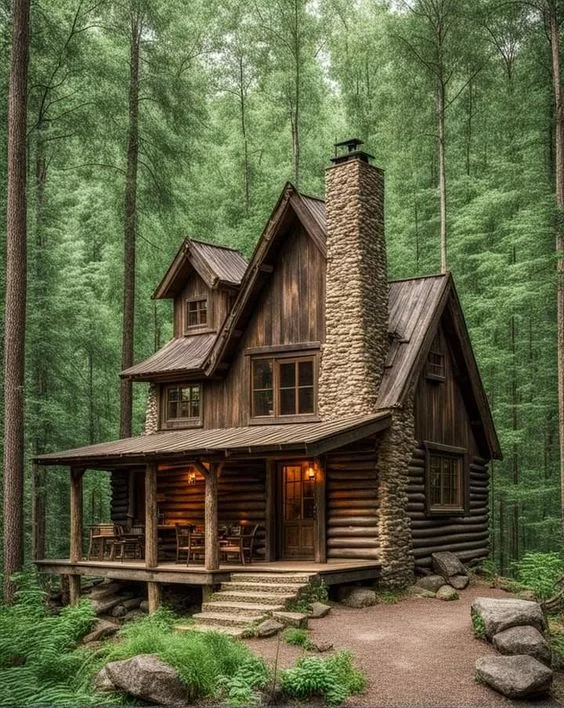
Modern Amenities
Incorporating modern amenities into these cabins is essential for convenience without compromising on the rustic charm. Features like Wi-Fi ensure that guests can stay connected if needed, while satellite TV provides entertainment options for cozy nights indoors. These additions blend seamlessly with the natural surroundings, offering comfort without detracting from the peaceful retreat vibe.
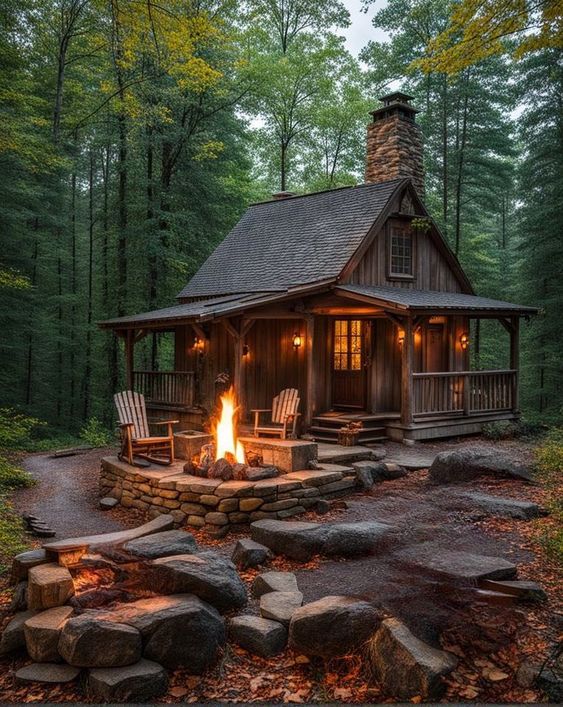
- Cozy interior features: fireplace, wood-burning stove, hot tub
- Modern amenities: Wi-Fi, satellite TV
Read more: Mountain Houses: Showcasing 25 Amazing Homes
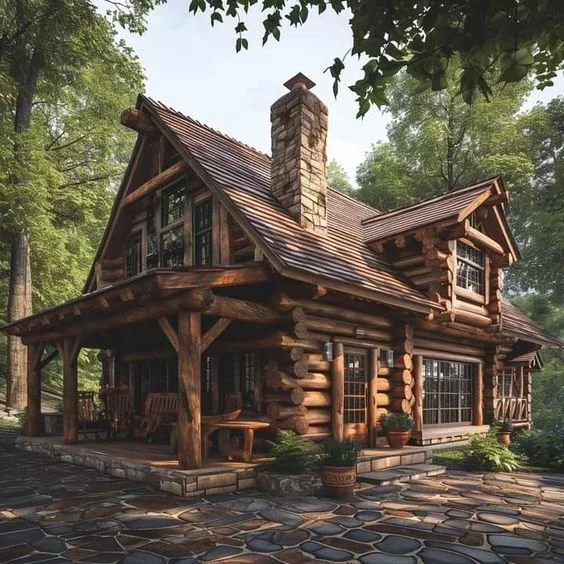
Maintenance Tips for Log Cabins in Forest Settings
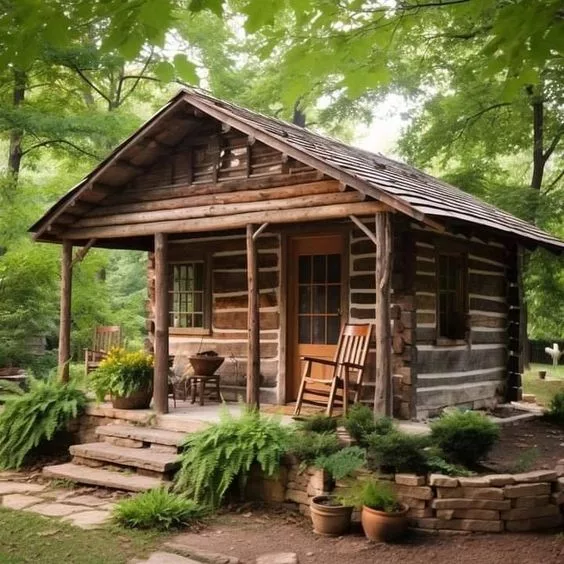
Regular Inspection
Inspecting log cabins in forest settings is crucial. Look for decay or damage regularly. Catching issues early prevents further deterioration, ensuring the cabin’s longevity.
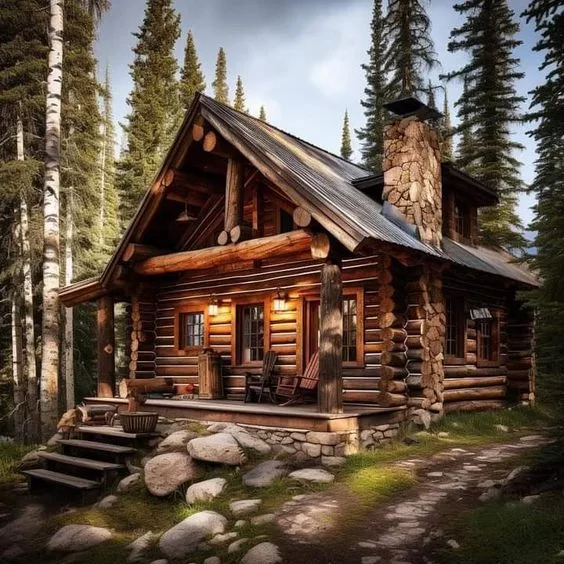
Regularly check for signs of decay like soft spots or crumbling wood. Address any damage promptly to avoid costly repairs down the line.
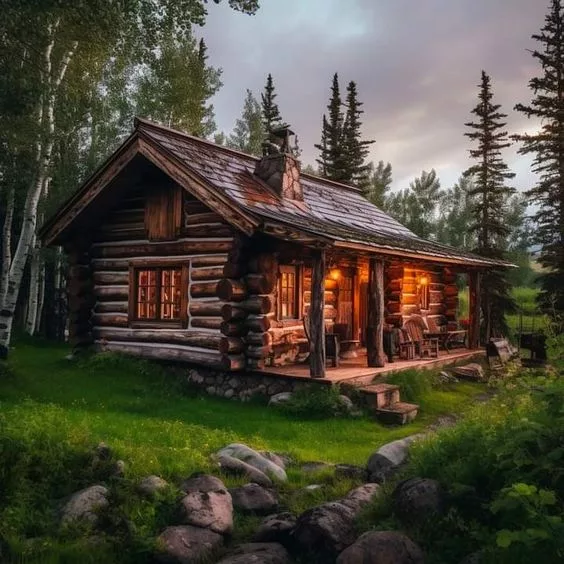
Protective Measures
Applying protective stains or finishes helps maintain a log cabin’s integrity. These products shield the wood from moisture and sunlight, preventing rot and discoloration.
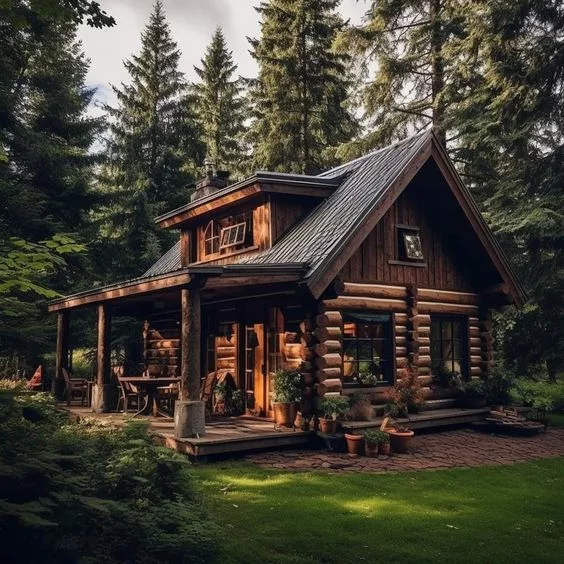
Protective stains also enhance the natural beauty of the logs, giving your cabin a fresh look while safeguarding it against environmental elements.
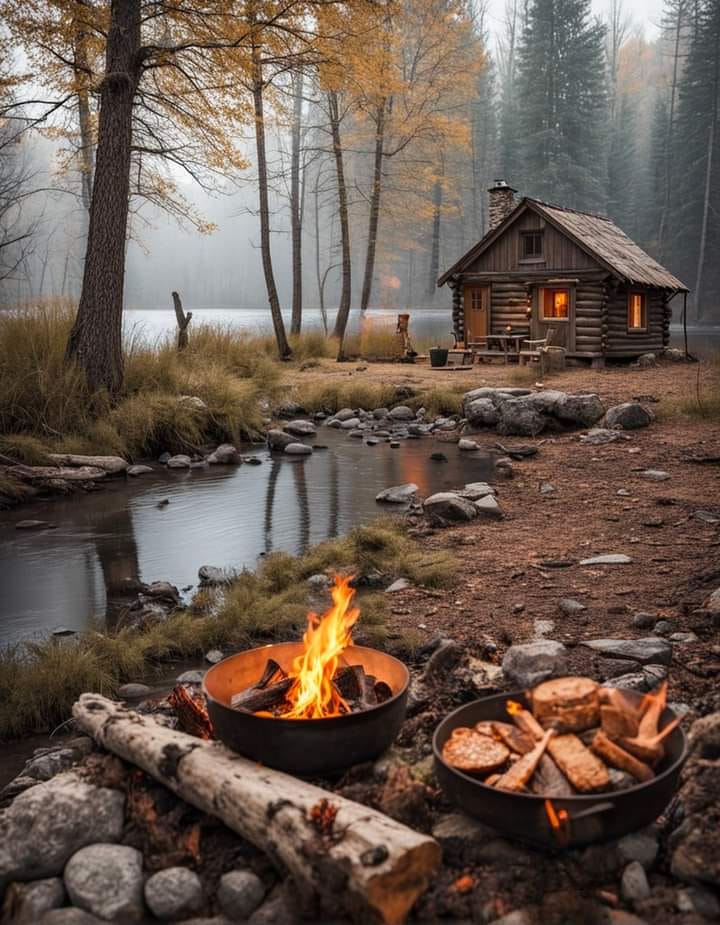
Summary
You’ve learned about the benefits and challenges of building a log cabin in the forest, delved into the historical significance of these structures, explored design ideas, construction methods, materials, issues, features, amenities, and maintenance tips. Embrace the rustic charm and serenity that a forest log cabin offers. Now equipped with knowledge and inspiration, it’s time to embark on your own log cabin journey. Let nature be your backdrop and tranquility your companion. Get ready to create memories and find solace in the heart of the woods.
